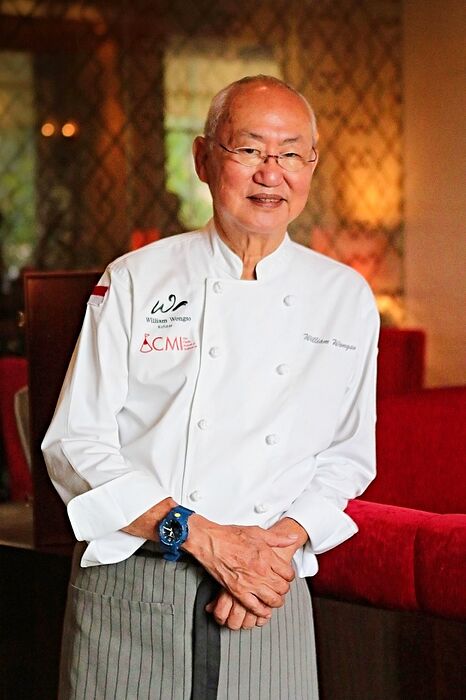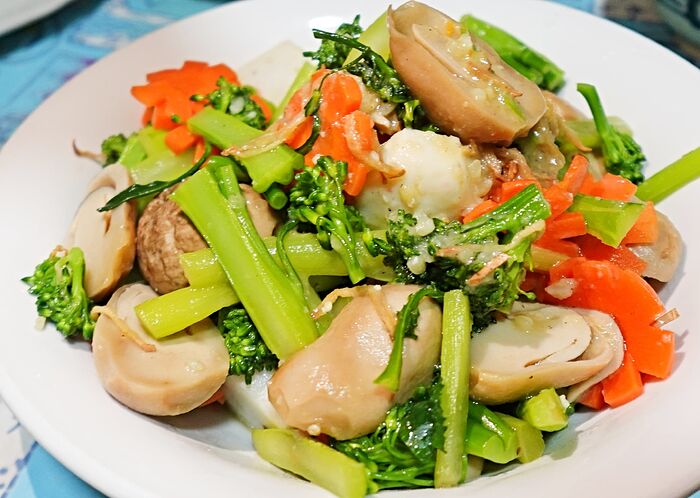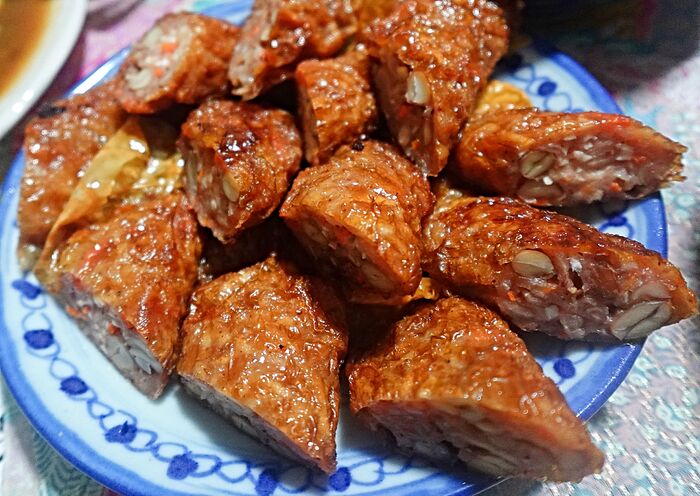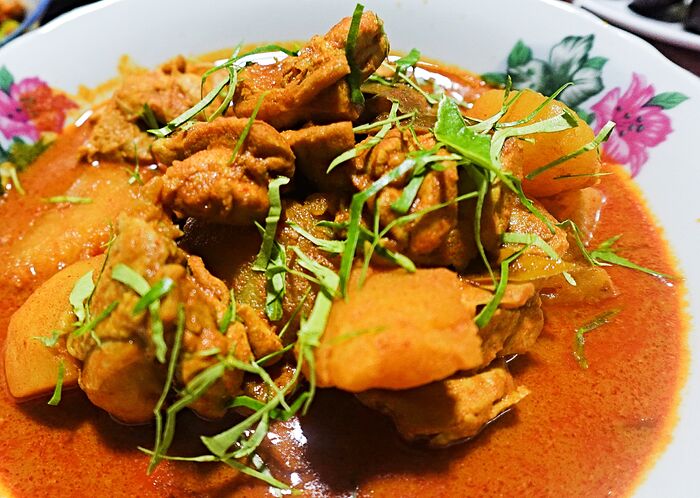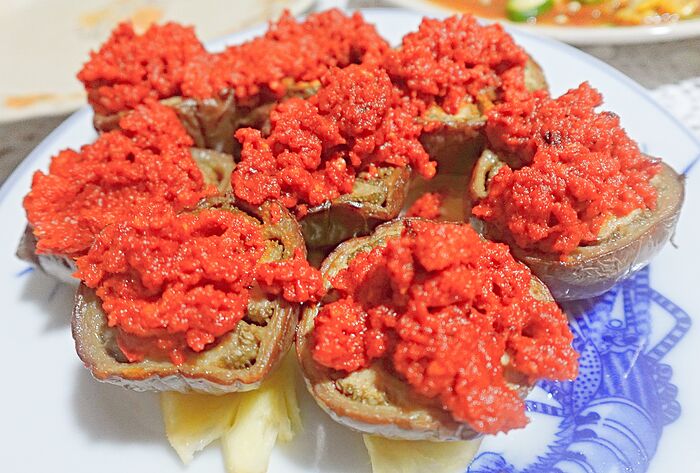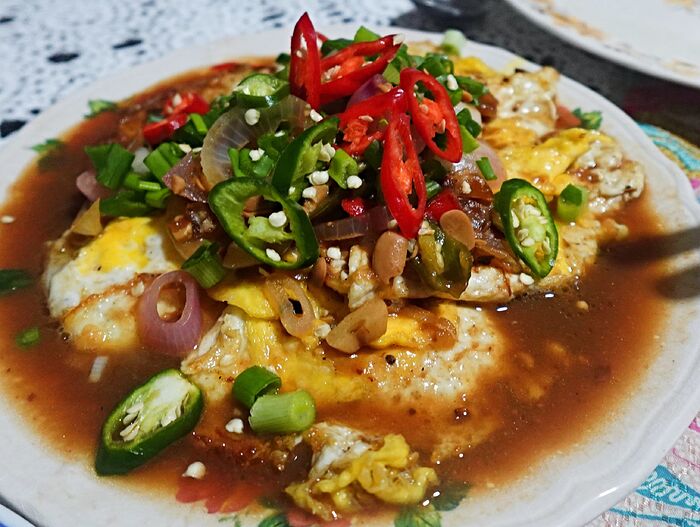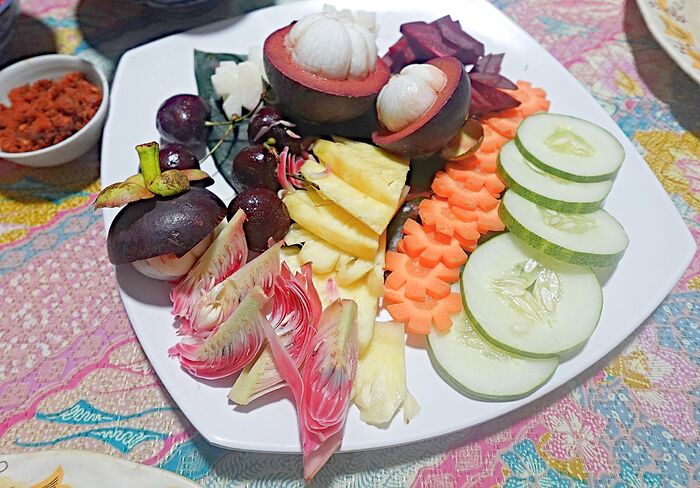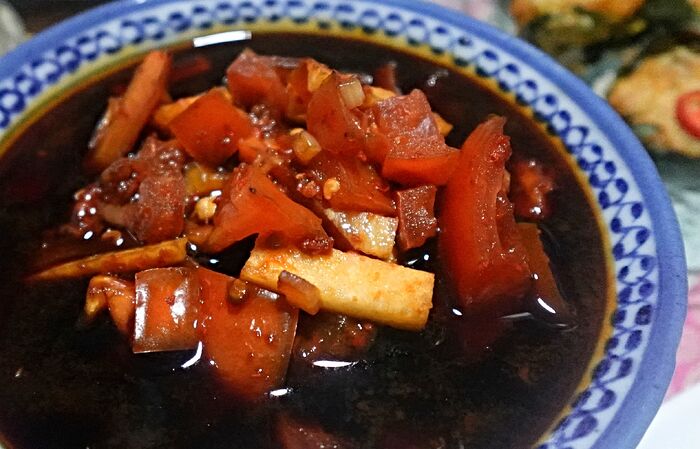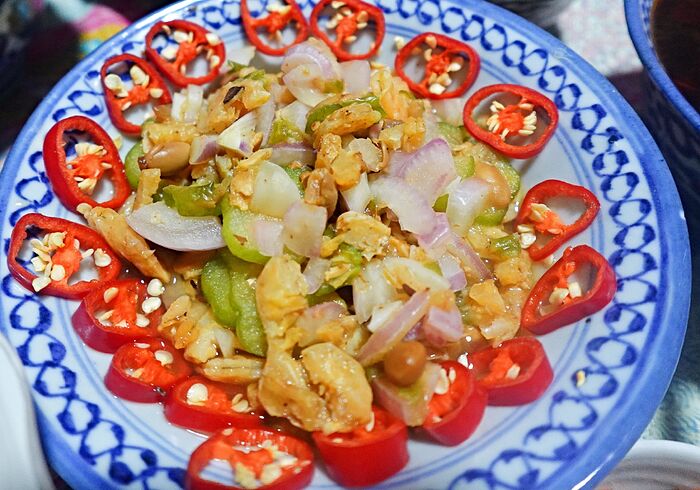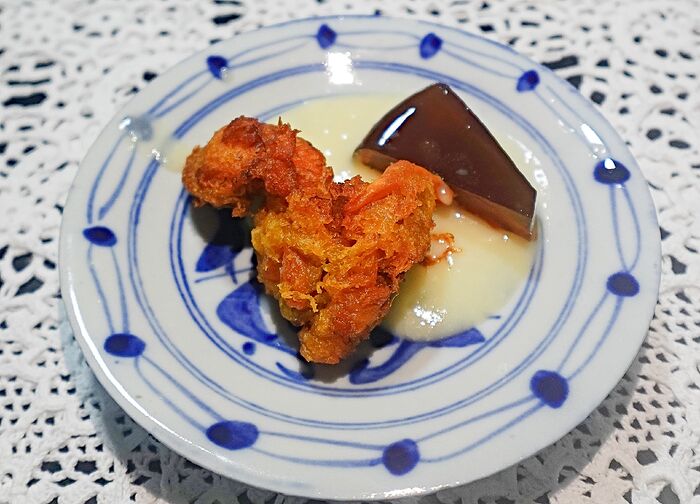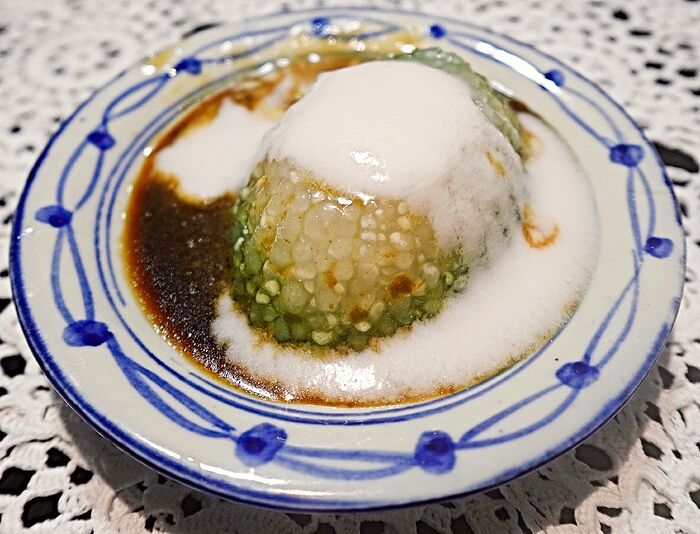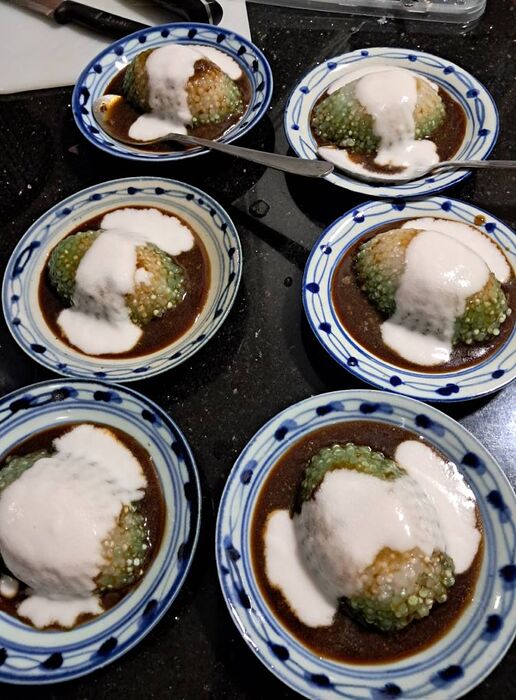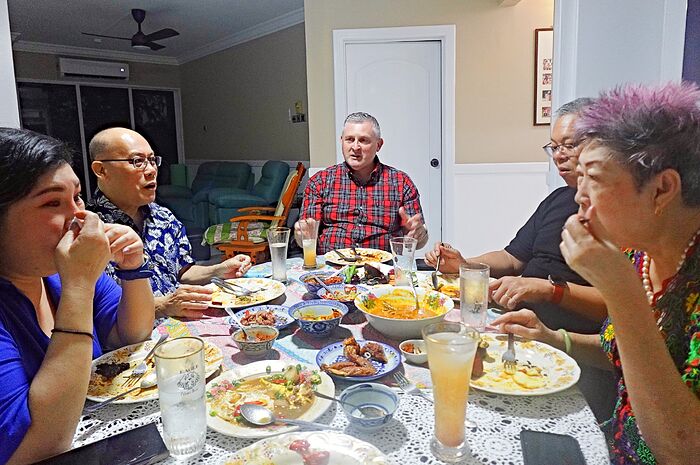In Indonesia, a sprawling massive country of 285 million people, spread across 17,000 islands, 38 provinces and 1,300 ethnic groups, there is a breathtakingly rich and varied collection of regional cooking styles. And the foremost authority on the country’s expansive culinary cultures is 78-year-old William Wongso, Indonesia’s best-known food personality and a veritable living legend.
Wongso functions as the expert advisor on culinary traditions to the Indonesian Presidential Secretariat Office. He had also served as the President of Chaine des Rôtisseurs Indonesia from 1986 to 1993, besides being the culinary advisor to Garuda, Indonesia’s official airlines.
Wongso was last seen on TV hosting British celebrity-chef, Gordon Ramsay, in the latter’s visit to Indonesia in National Geographic’s 𝗚𝗼𝗿𝗱𝗼𝗻 𝗥𝗮𝗺𝘀𝗮𝘆: 𝗨𝗻𝗰𝗵𝗮𝗿𝘁𝗲𝗱 series.
Wongso is currently in Penang, and Penang’s own queen of Nyonya cookery, Pearly Kee, hosted him for a home-cooked dinner this evening.
Also present is Penang’s leading proponents of Indonesian cuisine, Peter Tait and I Made Siduarta of Nona Bali Restaurant.
Pearly showcased a selection of Penang-Nyonya dishes for what she calls a “simple, home-cooked spread”, but her renditions truly tasted a class above what we’d had elsewhere here in Penang:
-
Lor bak - 5-spiced pork strips and water-chestnuts, wrapped in tofu skin and deep-fried. This dish is of Hokkien origin and known by its more common moniker, ngo hiang or wu xiang, in Singapore, Fujian (China), Taiwan and elsewhere. Penangites call it “lor bak”, so if one sees the dish being called this anywhere in the world, one knows that the owner-chef is from Penang.
Pearly Kee makes the best lor bak I’d tasted anywhere in the world - moist, perfectly-marinated strips of pork-loin. Many places minced their pork - that is not the way I remember traditional “lor bak” to be from my own childhood. Pearly is an out-and-out traditionalist, so she makes sure hers sticks to the old ways.
-
Pomelo salad with pickled pearl onions, raisins, sugar-cured nutmeg, julienned carrot and fresh mint leaves - like all great chefs, Pearly does come up with her own take on Nyonya salads, and this one is a really refreshing take on yam som o, but with none of the aggressive properties I usually associate with the Thai classic. It harks back to the dawn of Penang-Nyonya cooking in the late-18th-century, when the Southern Chinese, Siamese and Burmese pioneers living cheek-by-jowl in British-ruled Penang counter-influenced their culinary cultures, together with those from the Kedah-Malays, as well as Portguese-Eurasians, to conceptualise the new cuisine which came to be known as Penang-Nyonya.
-
Tau eu bak - this is a Hokkien (Fujianese) dish of soy-braised pork belly, with tofu and hard-boiled eggs. No spices are used for this dish, and garlic is perhaps the only aromatic used. Pearly’s rendition of this was simply perfect.
-
Perut ikan - a Penang-Nyonya classic. This is the local adaptation of Southern Thai kaeng tai pla (Thai: แกงไตปลา), a pungent, spicy vegetable-and-herb stew which gets its characteristic flavors from salted, fermented fish entrails. Pearly Kee cooked up an amazing version, with generous strips of fish entrails, fresh shrimps, and pan-fried fish roe.
-
Chinese stir-fried broccolini, fish-cake, carrots and mushrooms
-
Pan-fried fish fillets with “taucheo” (fermented brown bean sauce) - this Nyonya staple is known as “chien chuan hu” in Penang and “ikan chuan chuan” in Malacca and Singapore.
-
Dessert: Black grape sorbet with “tempoyak” (fermented durian)
Fresh in-season rambutans and mangosteens
Mangosteen - one of my favorite fruits in the world: soft, sweet and fragrant. I remember one episode of “Somebody Feed Phil” when Phil Rosenthal called it a Jewish mango when he said “mangosteen” and his mum said, “A mango what?!”. ![]()
![]()
![]()
Pearly Kee, despite being a leading Nyonya cuisine expert in Penang and the author of two cookbooks on the subject, does not own or run any restaurant. She does, however, has a cooking school for anyone wants to learn more about Penang cooking: Nyonya, Chinese, Malay or Indian.
